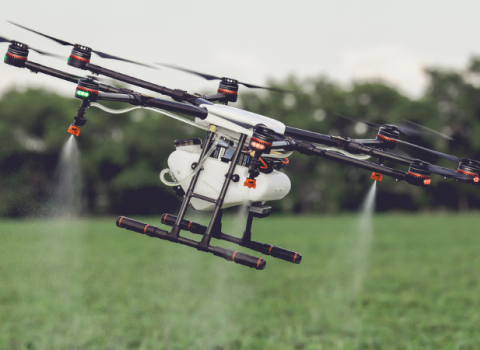
India has witnessed rapid changes in its patenting landscape as a result of growing economic activity and patent reforms. The number of patent applications filed with the Indian Patent Office (IPO) has increased threefold over the past six years.
This has been primarily due to multinational companies setting up and expanding their markets in India, says Balwant Rawat, Group Manager with the Intellectual Property Division of Evalueserve, and author of the report, “Patent Landscape in India 2009.”
One of the main things to jump out of the study, which covers the four years from January 2005 to December 2008, is the reduced growth in patent filings in 2008 because of the economic downturn. More than 80 per cent of the applications filed with the IPO are from foreign applicants, and growth slowed considerably, to 5 per cent as against the 20 per cent increase seen in the three previous years.
The study also shows that the ability of the Indian system to protect intellectual property rights is being stress-tested, with an increase in the number of applicants approaching the courts to enforce their patents or challenging the validity of patents, or even challenging the decisions of the IPO. In 2008 a number of patent-related cases were pending in various Indian courts, with more than 175 cases pending in the Delhi High Court.
While there has been an increase in the filing of patents overall, Indian companies have not kept pace with their foreign counterparts. In 2007–2008, domestic applicants filed 6,296 applications with the IPO, which constitutes about 18 per cent of the total applications.
This was lower than the percentage share in 2006–2007 at 19 per cent, 2005–2006 at 20 per cent, and 2004–2005, when the share of domestic patents was 23 per cent.
Reflecting its increasing stature on the world stage, the domestic pharma sector is performing significantly better than the other industries, with six domestic companies in the list of top 100 filers during 2005–2008. Among these six companies, Ranbaxy Laboratories emerged as the top filer (rank 31), followed by Dr. Reddy’s Laboratories (rank 45) and Cadila Healthcare (rank 66).
The domestic automobile sector is also looking up. Rawat says this is partly the result of increased awareness on the back of a recent patent lawsuit between TVS Motors and Bajaj Aut, but it is also due to the development of the $1,000 Nano car by Tata Motors. Tata Motors’ published applications and patenting intensity significantly increased in 2008.
Meanwhile, there was little change in the domestic information technology sector, with the leading company Infosys publishing 25 applications in 2008 as against 19 in 2007.
Of foreign companies, Qualcomm was the top patent filer for 2007 and 2008, publishing 2,068 published applications at the IPO. General Motors, General Electric, Tata Group, LG Electronics, Research in Motion, 3M and Sony Ericsson made gains in their 2008 rankings, while Philips, Bayer, Microsoft and AstraZeneca slipped marginally.
However, approximately 80 per cent of patents filed in 2007–2008 took priority from other countries, indicating that most of the innovations are happening outside India.
One of the reasons for low patenting activity among domestic IT companies could be that many such firms are predominantly serving markets outside India, says Rawat. “Their clients usually own the intellectual property they produce.”
Another reason could be a problem that is familiar in Europe also - the lack of clarity on the patentability of software inventions.
For whatever reason, apart from Infosys and Tata Consultancy Services, the top eight IT and IT-based services firms in India, which have substantial Indian ownership and are all listed on the Indian public bourses, have filed few patents. Rawat says this is not commensurate with their respective revenues and revenue growth rates, and suggests these Indian firms may lack a cohesive strategy to protect their intellectual property.
On the administrative side, the IPO has modernised its patent offices and upgraded its infrastructure. The first phase of modernisation worth Rs 1.53 billion (€22.1 million) has been completed and the second phase with a budget of Rs 3 billion (€43.3 million) has been approved by the government. In July 2007, the IPO started an online facility for filing patent applications. The process of digitisation of patent records and development of the Indian Patent Database is underway.
The World International Property Organisation recently awarded the status of International Searching Authority and International Preliminary Examining Authority to the IPO. The Indian government has also established National Institute for Intellectual Property Management for conducting training/awareness programmes on Intellectual Property Rights.





 A unique international forum for public research organisations and companies to connect their external engagement with strategic interests around their R&D system.
A unique international forum for public research organisations and companies to connect their external engagement with strategic interests around their R&D system.